A sacred sanctuary steeped in history, where divine heritage and architectural grandeur come together to inspire reverence.
Ready to explore the Takhat Sri Harimandir Ji Patna Sahib? This sacred site isn’t just a spiritual center; it’s a historical and cultural landmark of immense significance. Imagine a majestic gurdwara that stands as one of the five Takhts (seats of Sikh authority), deeply rooted in the legacy of Guru Gobind Singh Ji, the tenth Sikh Guru.


Open daily from early morning till late evening.
Modest attire and head coverings are required for all visitors.
During Guru Gobind Singh Ji’s Prakash Utsav in December-January, when the entire complex is adorned with lights and festive decorations.
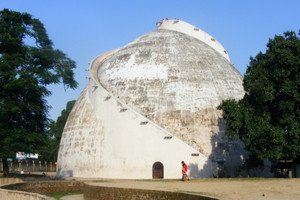
An open-air shopping paradise, blending retail luxury with natural beauty, right next to the temple.

A modern museum showcasing Bihar’s rich cultural heritage, just a short drive from the gurdwara.
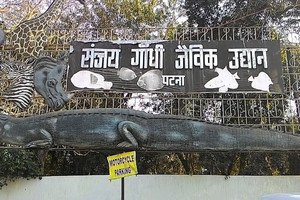
A sprawling zoo and botanical garden perfect for a family outing.
Takhat Sri Harimandir Ji Patna Sahib marks the exact spot where Guru Gobind Singh Ji was born on December 22, 1666.
It is one of the five Takhts in Sikhism, serving as a significant seat of authority and decision-making within the Sikh community.
The original structure was rebuilt in the 1950s after being damaged in a 1934 earthquake, mirroring the style of the Golden Temple in Amritsar.

The gurdwara houses sacred relics of Guru Gobind Singh Ji, including his cradle, weapons, and an old manuscript of the Guru Granth Sahib.
The gurdwara is renowned for its langar (community kitchen), which serves free meals to thousands of visitors daily, embodying the Sikh principles of equality and service.
The structure was built in a Sikh architectural style, featuring a white marble façade and intricate frescoes.





On December 22, 1666, the sacred site of Takhat Sri Harimandir Ji Patna Sahib was forever blessed as the birthplace of Guru Gobind Singh Ji, the tenth Sikh Guru. His birth was not just a family joy but a moment that illuminated the entire Sikh faith. The site of his birth, now marked by the holy Shrine, draws countless pilgrims who come to honor the Guru who would later establish the Khalsa, a spiritual and military order. The atmosphere of reverence and divine connection at the birthplace reflects the deep spiritual roots that continue to inspire Sikhs worldwide.

In the late 18th century, the original structure of the Takhat Sri Harimandir Ji was destroyed by a devastating fire. The loss was felt deeply by the Sikh community. However, Maharaja Ranjit Singh, the legendary Sikh ruler, took upon himself the task of rebuilding the Takhat, starting in 1839. Although he did not live to see its completion, his efforts laid the foundation for the present-day gurdwara. The current structure, completed in 1957 after further reconstruction due to an earthquake in 1934, stands as a symbol of resilience, reflecting the community’s unwavering commitment to preserving its sacred heritage.
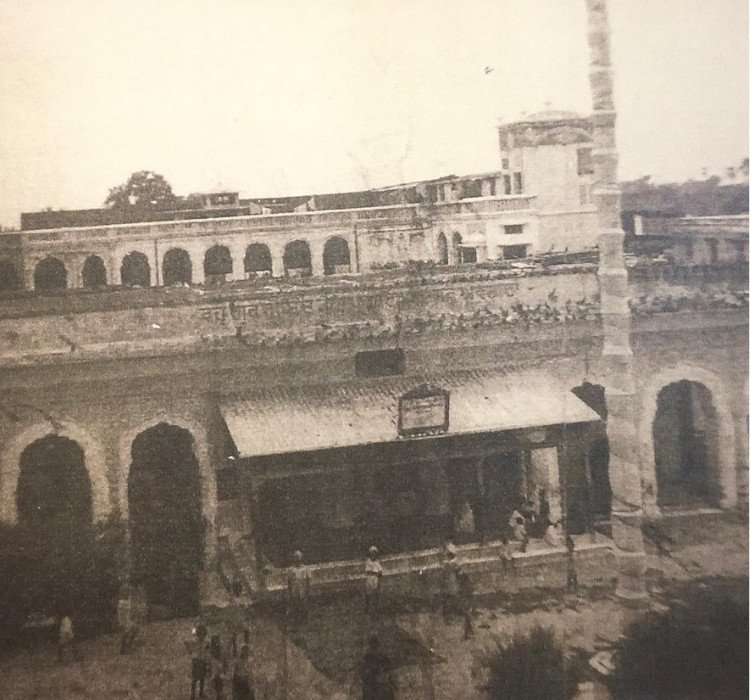
Housed within the Takhat are precious relics that once belonged to Guru Gobind Singh Ji, including his sandals, a cradle from his childhood, and weapons he used. These relics are not mere artifacts but revered symbols of the Guru’s legacy, offering devotees a tangible connection to his life and teachings. Pilgrims often spend moments in silent reflection before these items, seeking inspiration and spiritual guidance, feeling a deep sense of closeness to the Guru who played a pivotal role in shaping Sikhism.

Takhat Sri Harimandir Ji Patna Sahib is not only a place of worship but also one of the five Takhts, the highest seats of authority in Sikhism. This Takht plays a crucial role in the spiritual and administrative decisions that affect the global Sikh community. The site is often the venue for significant religious proclamations and gatherings, where key issues of faith are discussed and resolved. The reverence for this Takht highlights its importance in maintaining the spiritual integrity and governance of the Sikh faith.
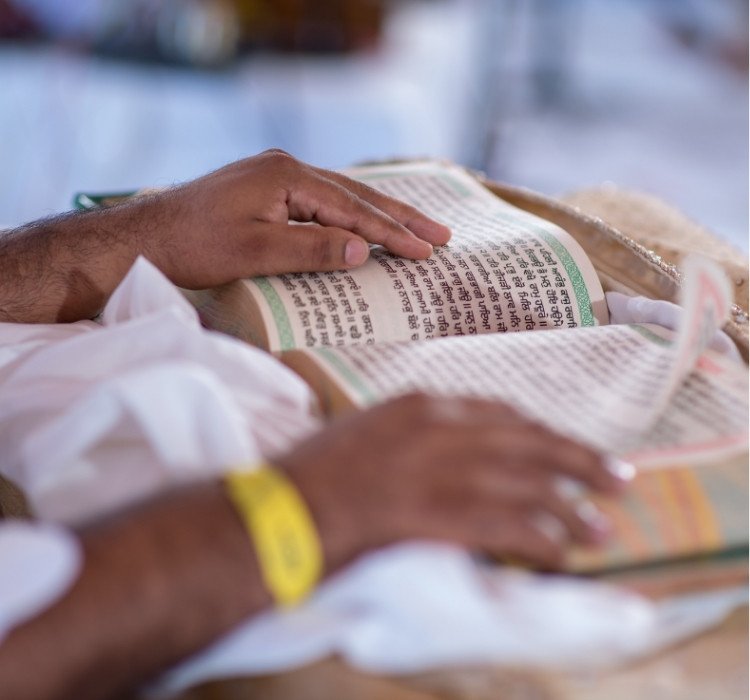
In 1934, a severe earthquake struck Bihar, causing significant damage to the Takhat. Yet, even in the face of such a natural calamity, the Sikh community’s resolve remained unshaken. The gurdwara was swiftly rebuilt between 1948 and 1957, and the new structure was designed to withstand future calamities, embodying the spirit of perseverance and devotion. This episode in the Takhat’s history underscores the community’s commitment to preserving their sacred spaces, ensuring that they continue to serve as sanctuaries of faith for generations to come.
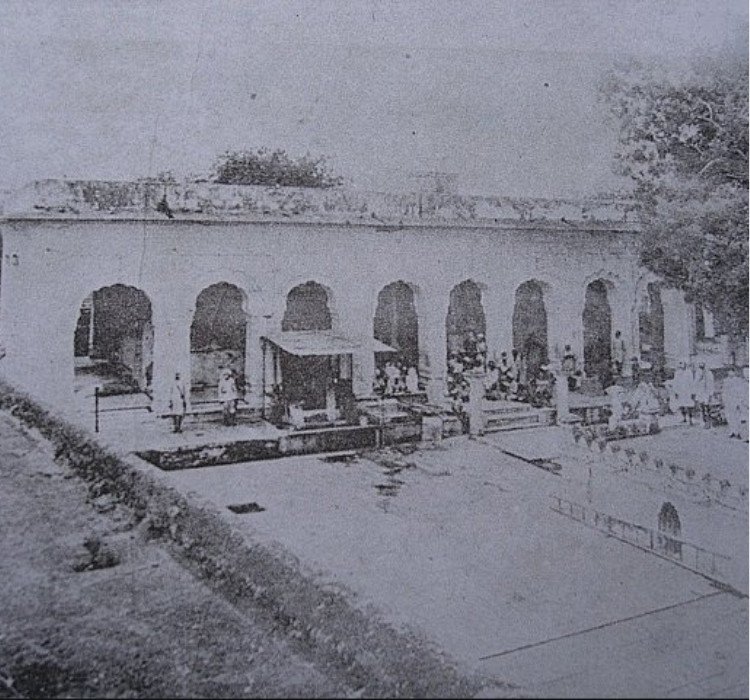
The langar at Takhat Sri Harimandir Ji Patna Sahib is more than just a community kitchen; it is a living practice of the Sikh principles of equality and selfless service. Every day, thousands of pilgrims and visitors are served free meals, regardless of their background or status. This tradition, initiated by the Sikh Gurus, continues to thrive at the Takhat, reflecting the enduring values of compassion and humility that lie at the heart of Sikhism. For many, partaking in the langar is not just a meal but a profound spiritual experience that reinforces the sense of community and shared humanity.
These stories of Takhat Sri Harimandir Ji Patna Sahib weave a rich tapestry of history, spirituality, and resilience, making it not just a Shrine, but a sanctuary where faith and heritage continue to inspire.
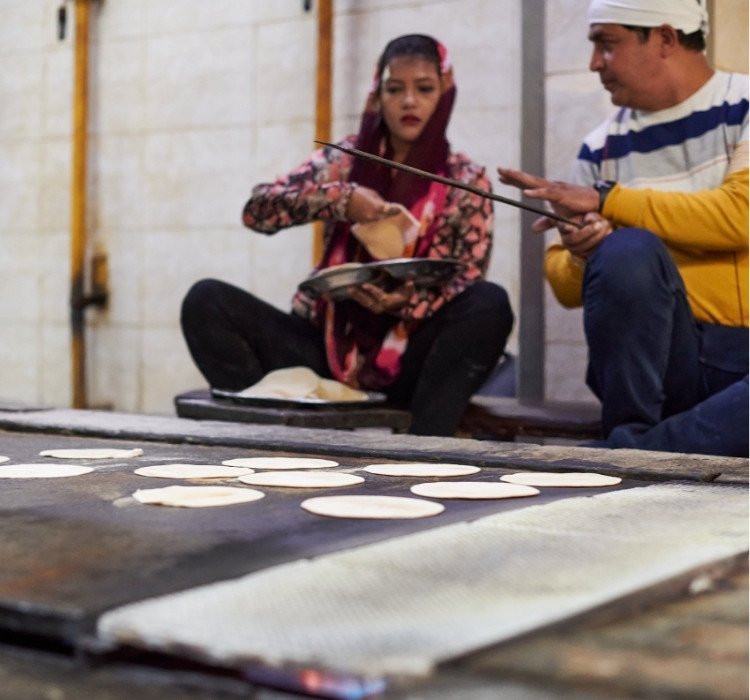
On December 22, 1666, in the historic city of Patna, the tenth Sikh Guru, Guru Gobind Singh Ji, was born at the site now known as Takhat Sri Harimandir Ji Patna Sahib. His birth marked a significant spiritual moment for Sikhs worldwide, and the location quickly became revered as a sacred place.
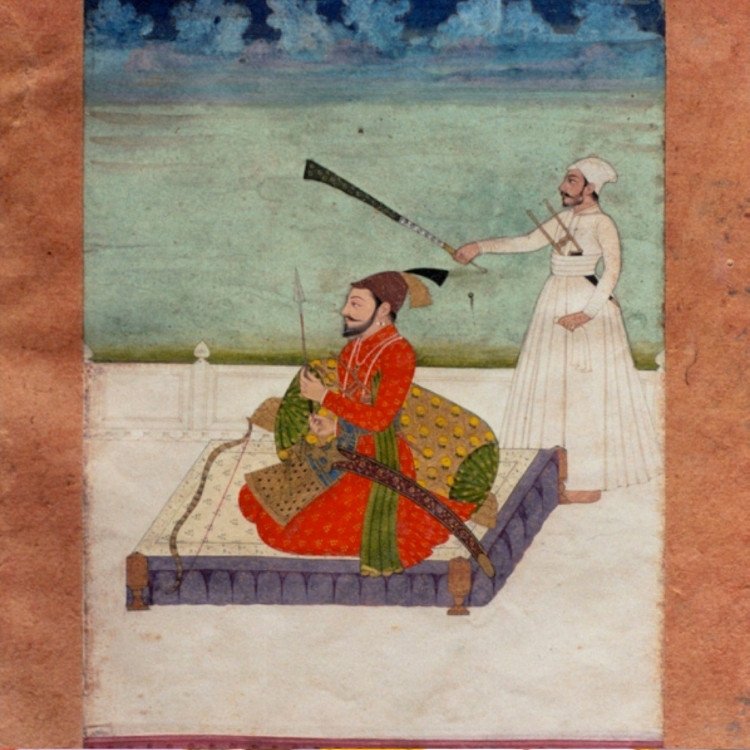
The site of Guru Gobind Singh Ji’s birth was initially the haveli (mansion) of a devoted follower of Guru Nanak named Salis Rai Johri. It was converted into a dharamsala (religious sanctuary) during the time of Guru Teg Bahadur Ji’s visit, creating the early roots of the congregation that would eventually grow into a major Sikh center.

The site of Guru Gobind Singh Ji’s birth was initially the haveli (mansion) of a devoted follower of Guru Nanak named Salis Rai Johri. It was converted into a dharamsala (religious sanctuary) during the time of Guru Teg Bahadur Ji’s visit, creating the early roots of the congregation that would eventually grow into a major Sikh center.

Maharaja Ranjit Singh, the first Maharaja of the Sikh Empire, initiated the reconstruction of the original structure of Takhat Sri Harimandir Ji, which had become an important pilgrimage site. Although the Maharaja passed away before the work was completed, his contributions laid the foundation for the current gurdwara.

A devastating earthquake struck Bihar in 1934, causing severe damage to the Takhat. This event led to a significant rebuilding effort that began in 1954 and was completed by 1957, ensuring that the structure could endure future calamities while preserving its historical and spiritual significance.

A devastating earthquake struck Bihar in 1934, causing severe damage to the Takhat. This event led to a significant rebuilding effort that began in 1954 and was completed by 1957, ensuring that the structure could endure future calamities while preserving its historical and spiritual significance.

The reconstruction of Takhat Sri Harimandir Ji Patna Sahib was completed in 1957. The new structure, inspired by the Golden Temple in Amritsar, is a stunning example of Sikh architecture, with a white marble exterior, domes, and intricate interior decorations like frescoes and carvings.

Throughout the 20th century, Takhat Sri Harimandir Ji Patna Sahib solidified its position as one of the five Takhts of Sikhism, becoming a central site of Sikh authority and pilgrimage. The gurdwara’s significance continued to grow, attracting millions of devotees annually, particularly during Guru Gobind Singh Ji’s Prakash Utsav (the celebration of the birth of the tenth Sikh Guru).

Throughout the 20th century, Takhat Sri Harimandir Ji Patna Sahib solidified its position as one of the five Takhts of Sikhism, becoming a central site of Sikh authority and pilgrimage. The gurdwara’s significance continued to grow, attracting millions of devotees annually, particularly during Guru Gobind Singh Ji’s Prakash Utsav (the celebration of the birth of the tenth Sikh Guru).

In the early 21st century, the gurdwara underwent further modernization efforts to accommodate the increasing number of pilgrims. These updates included enhanced visitor facilities, improved infrastructure, and the preservation of sacred relics and historical artifacts. Today, the Takhat remains a beacon of spiritual guidance and a testament to the enduring legacy of Guru Gobind Singh Ji.
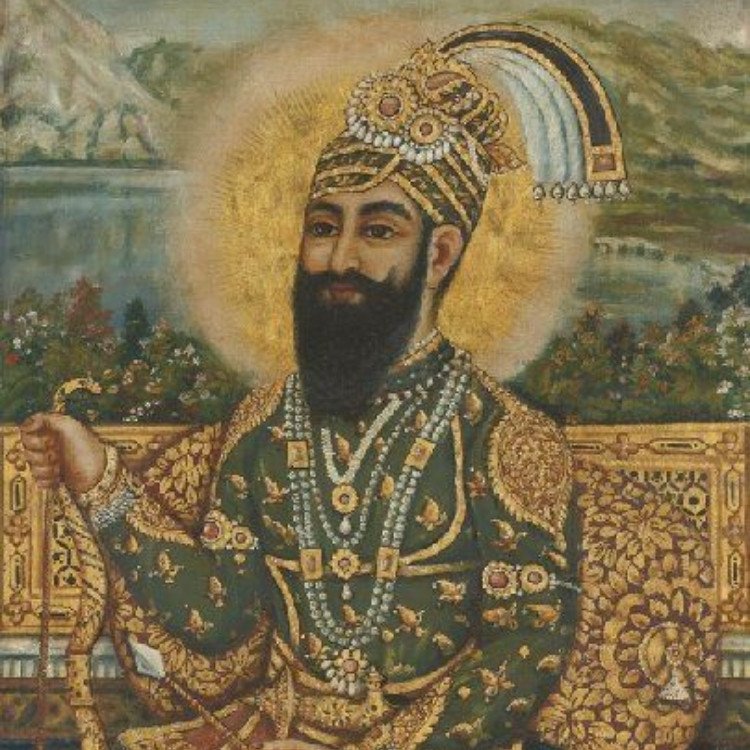
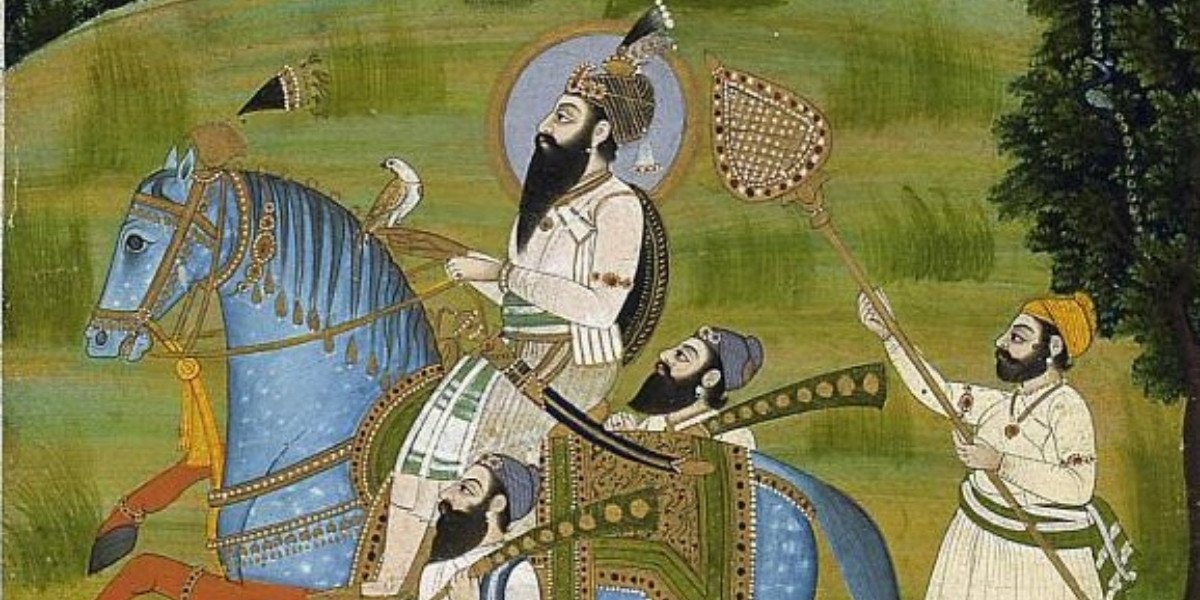
Takhat Sri Harimandir Ji Patna Sahib holds an unparalleled position in Sikh history as the birthplace of Guru Gobind Singh Ji, the tenth Sikh Guru. Born on December 22, 1666, in Patna, Bihar, this sacred site witnessed the early years of the Guru, who would later go on to establish the Khalsa, a spiritual and military order that plays a crucial role in Sikh identity. The site where the Guru was born was originally the haveli of Salis Rai Johri, a devout follower of Guru Nanak. His mansion was later converted into a dharamsala (religious sanctuary), setting the foundation for what would become one of Sikhism’s most revered sanctuaries.
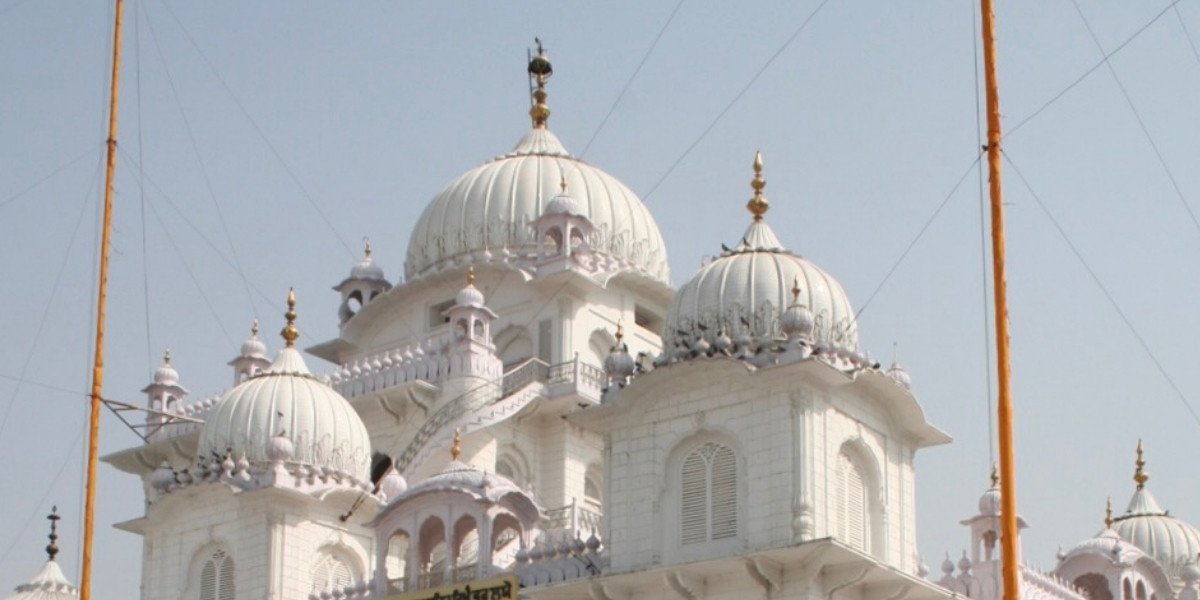
In the late 18th century, recognizing the immense significance of this site, Maharaja Ranjit Singh, the first Maharaja of the Sikh Empire, initiated the construction of a grand gurdwara to commemorate the birthplace of Guru Gobind Singh Ji. This transformation from a simple dharamsala into a Takhat—one of the five seats of Sikh authority—marked the site as not only a place of worship but also a center of decision-making and spiritual leadership within the Sikh community. Unfortunately, the original structure faced destruction by fire, but the foundations laid by Ranjit Singh ensured that it would rise again, symbolizing the resilience and devotion of the Sikh people.
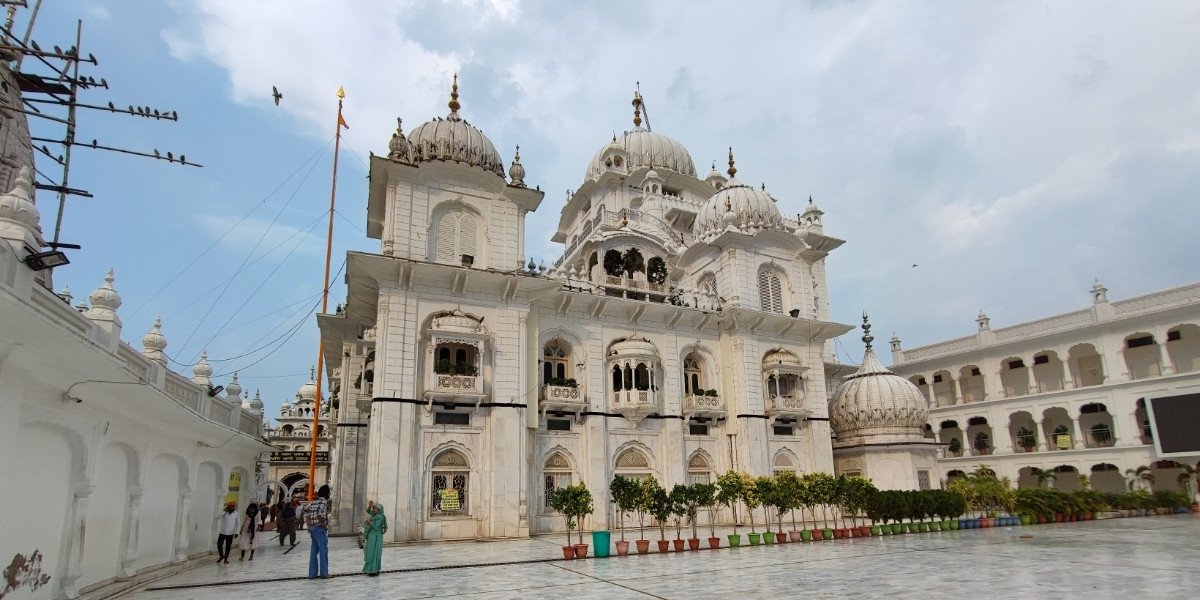
In 1934, a severe earthquake struck Bihar, causing extensive damage to Takhat Sri Harimandir Ji Patna Sahib. Reconstruction began in 1954 and culminated in the completion of the present structure by 1957, only three years later. This rebuild not only restored the gurdwara but also incorporated modern architectural elements while preserving its historical and spiritual essence. The use of white marble and intricate carvings, inspired by the Golden Temple in Amritsar, reinforced the Takhat’s status as a spiritual beacon.
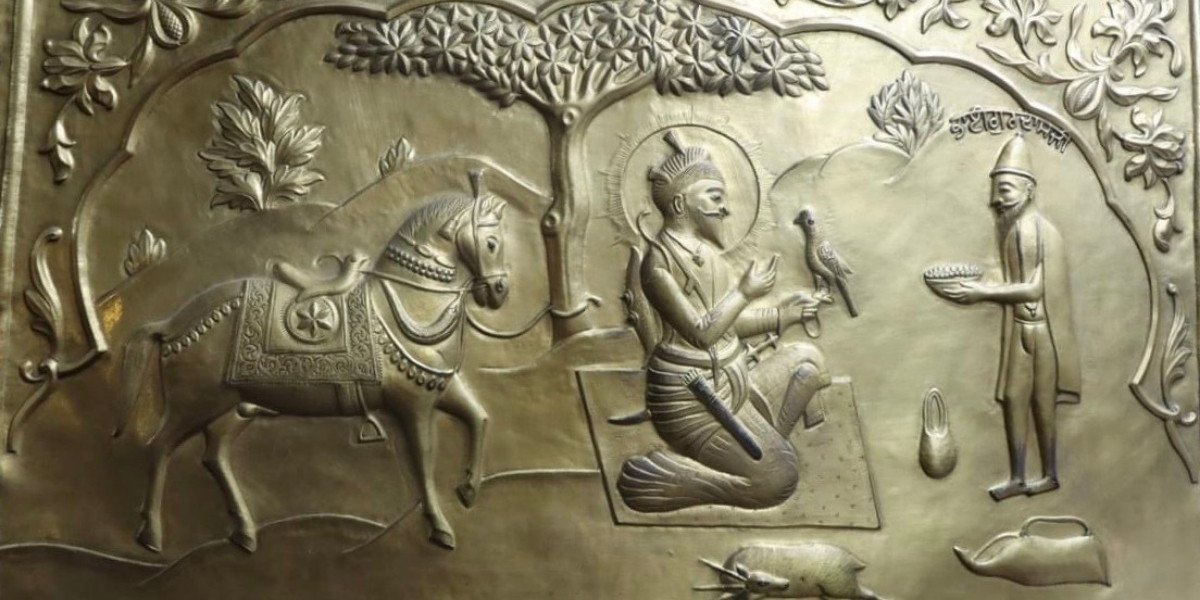
Within the walls of Takhat Sri Harimandir Ji Patna Sahib are housed some of the most precious relics associated with Guru Gobind Singh Ji. These include his childhood cradle, weapons, and a pair of sandals, all of which offer a tangible connection to the Guru’s life and legacy. The presence of these relics not only sanctifies the Takhat but also makes it a focal point for pilgrimages, as devotees come to pay their respects and seek blessings from these sacred objects. The reverence for these relics underscores the deep spiritual significance of the Takhat within Sikhism.

Throughout the 20th and 21st centuries, Takhat Sri Harimandir Ji Patna Sahib has continued to evolve as a major pilgrimage site. The gurdwara complex has expanded to accommodate the growing number of devotees who visit, particularly during the Prakash Utsav, the celebration of Guru Gobind Singh Ji’s birth. Modern facilities have been introduced to serve the needs of these pilgrims, including accommodations, a langar (community kitchen), and other amenities, ensuring that the Takhat remains a welcoming sanctuary for all who seek spiritual solace.
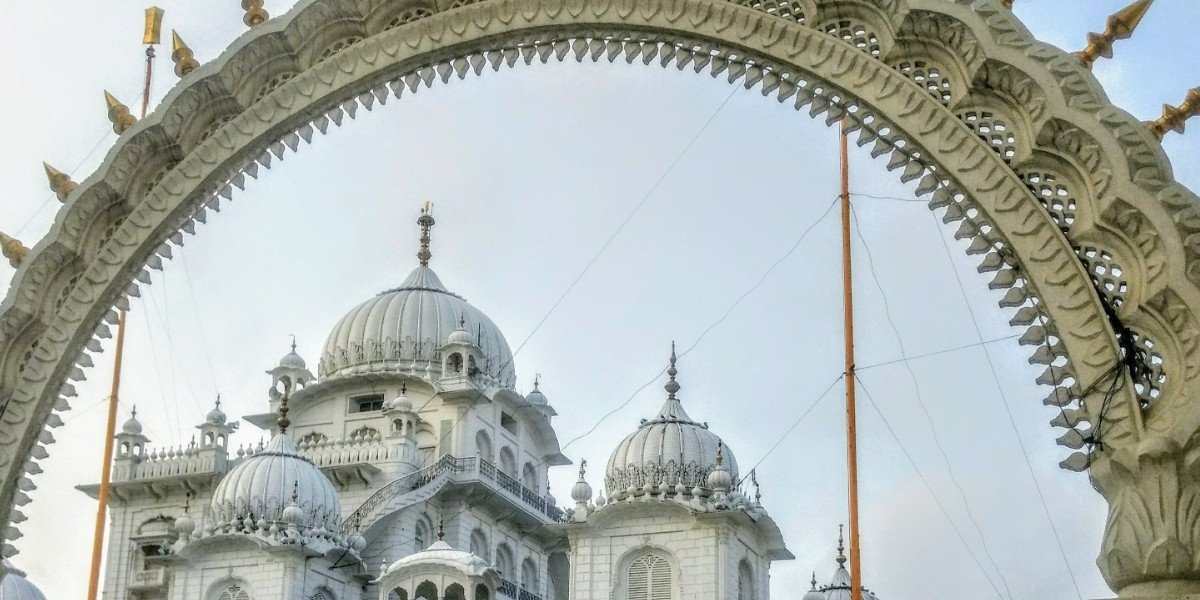
In the face of modernization, the custodians of Takhat Sri Harimandir Ji Patna Sahib have remained committed to preserving its rich heritage. The gurdwara has undergone several renovations to maintain its structural integrity and historical significance, all while embracing the needs of the present-day Sikh community. These efforts include documenting and archiving its history, ensuring that the legacy of Guru Gobind Singh Ji and the sanctity of this Takhat are passed down to future generations.
Takhat Sri Harimandir Ji Patna Sahib stands today not just as a historical monument but as a living, breathing center of Sikh faith, symbolizing resilience, devotion, and the eternal teachings of Guru Gobind Singh Ji.
Contact Us
Copyright © 2025 Temples.org. All rights reserved.